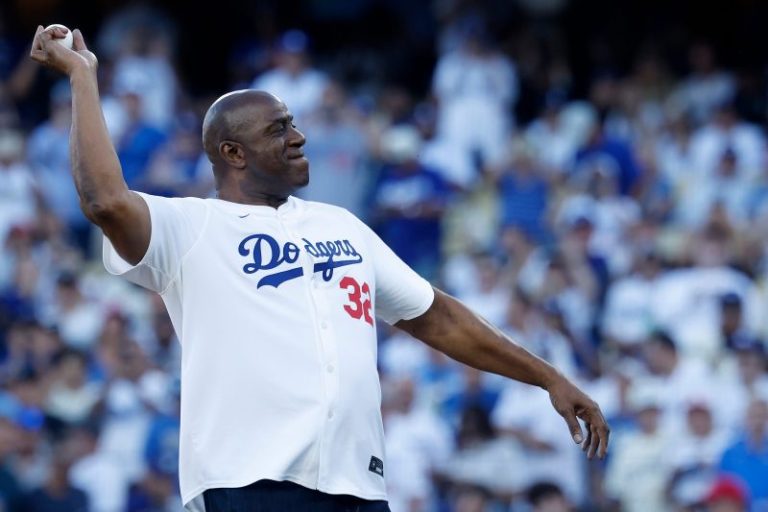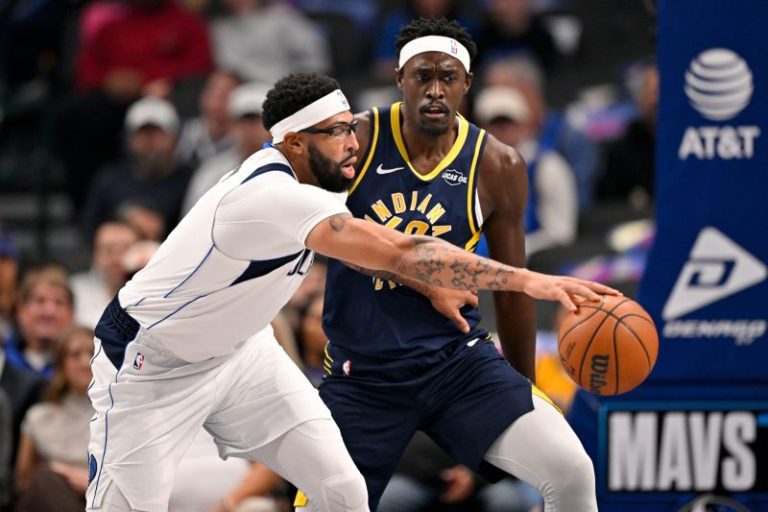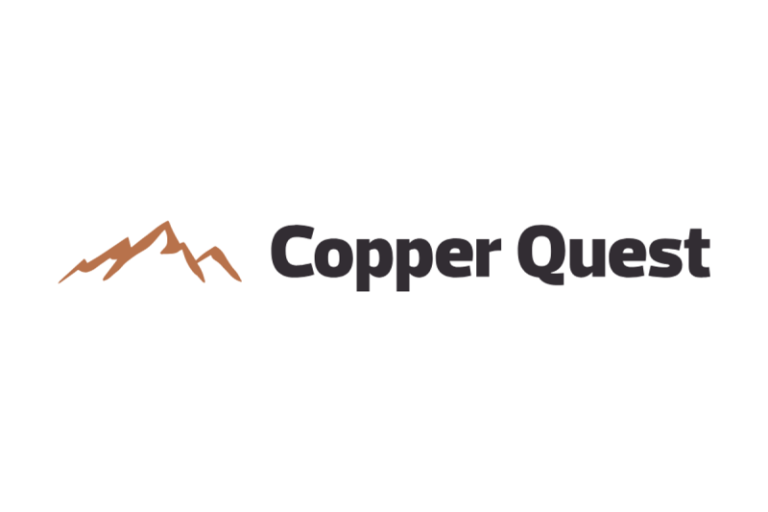Copper Quest Exploration Inc. (CSE: CQX; OTCQB: IMIMF; FRA: 3MX) (‘ Copper Quest ‘ or the ‘ Company ‘) is pleased to announce that it has entered into a definitive agreement to acquire a 100% interest in the Kitimat Copper-Gold Project (the ‘Project’), located approximately 10 kilometers northwest of the deep-water port community of Kitimat, British Columbia.
PROJECT OVERVIEW
The Kitimat Copper-Gold Project covers approximately 2,954 hectares within the Skeena Mining Division of northwestern British Columbia. The Project is year-round road-accessible via a network of logging and mineral exploration roads extending north from Kitimat. The property benefits from exceptional infrastructure, being within 10 km of tidewater, 1.5 km of rail, and 6 km of high-voltage hydroelectric transmission lines.
Geologically, the Project is situated within the Stikine Terrane, a prolific belt that hosts numerous porphyry copper-gold systems and is underlain by Late Triassic volcanic rocks intruded by Jurassic diorite and granodiorite bodies of the Coast Plutonic Complex. The Project’s principal target areas is the Jeannette Cu-Au Zone displaying alteration and mineralization interpreted to represent low-level intermediate to low-sulfidation epithermal expressions of a larger Cu-Au porphyry system.
HISTORICAL EXPLORATION & HIGHLIGHTS
Exploration on the Kitimat property dates back to the late 1960s, with multiple operators conducting geochemical, geophysical, and drilling campaigns. The most significant historical work was conducted by Decade Resources Ltd. (2010), which completed 16 diamond drill holes totaling 4,437.5 meters in the Jeannette Cu-Au Zone. Notable results include:
- Hole J-7: 117.07 m grading 1.03 g/t Au, 0.54% Cu, from 1.52 m to 118.60 m.
- Hole J-1: 103.65 m grading 1.00 g/t Au, 0.55% Cu, from 9.15 m to 112.80 m.
- Hole J-2: 107.01 m grading 0.80 g/t Au, 0.45% Cu, from 6.10 m to 113.11 m.
- Hole J-8: 112.20 m grading 0.41 g/t Au, 0.33% Cu, from 11.89 m to 124.09 m.
The mineralized intervals encountered in the 2010 drilling demonstrate continuous near-surface copper-gold mineralization extending over significant widths, remain open at depth within the Jeannette Zone, and occur within a broader hydrothermal system that is interpreted to extend laterally beyond the area tested.
ACQUISITION DETAILS
Under the terms of the agreement Copper Quest has until January 5, 2026 to complete a due diligence review of the Project. Upon successful review, the Company will issue 2,000,000 common shares to the vendor, Bernie Kreft, on January 6, 2026, as full consideration for the acquisition. The Project is subject to a 2.5% net smelter return (NSR) royalty, of which 40% may be repurchased by the Company for CAD $1,000,000. Copper Quest will also retain a right of first refusal on any transaction involving the sale of the remaining royalty interest. Copper Quest has until
Mr. Kreft is a well-known Canadian prospector, entrepreneur, and former star of the Discovery Channel’s Yukon Gold television series. He has a long track record of successful mineral discoveries and project generation across British Columbia and Yukon.
A finder’s fee is payable in connection with the acquisition.
MANAGEMENT COMMENTS
Brian Thurston , CEO of CopperQuest, commented:
‘The addition of the Kitimat Copper-Gold Project demonstrates Copper Quest’s continued effort to add shareholder value through the acquisition of critical mineral projects. This project is ideally located with exceptional infrastructure, in a proven geological belt known for hosting major copper-gold systems. The strong historical drill results from the Jeannette zone speak to the potential of a larger near-surface mineralized system. We look forward to advancing this asset as part of our growing copper-gold portfolio.’
NEXT STEPS
- The Company plans to leverage artificial intelligence (AI) analysis to integrate all historical and modern exploration data to establish a comprehensive geological and geophysical model for the Kitimat Porphyry Project and improve targeting precision.
- Additional geological mapping, sampling, and geophysical surveys may be completed to refine priority drill targets as required. Field work could include ground magnetics, induced polarization (IP), and passive seismic to better define subsurface structure and mineralization trends.
- A follow-up drill program would test key targets within the interpreted geology and surrounding high-grade corridors.
QUALIFIED PERSON
Brian G. Thurston, P.Geo., the Company’s President and CEO and a qualified person as defined by National Instrument 43-101 – Standards of Disclosure for Mineral Projects, has reviewed and approved the technical information in this news release.
ABOUT COPPER
Despite surging demand, global copper supply remains constrained. Ore grades are declining at major mines, permitting timelines for new projects have lengthened, and geopolitical tensions are reshaping supply chains toward stable, transparent jurisdictions. Governments in Canada, the U.S., and allied nations have increasingly identified copper as a strategic and critical metal necessary for economic and national security. Within this context, Copper Quest’s acquisition of the Kitimat Copper-Gold Project in British Columbia positions the Company to advance a discovery-stage asset in one of the world’s safest and most infrastructure-rich mining jurisdictions — precisely when new, scalable copper sources are most needed.
ABOUT Copper Quest Exploration Inc.
Copper Quest (CSE: CQX; OTCQB: IMIMF; FRA: 3MX) is focused on building shareholder value through the acquisition, exploration and development of its North American Critical Mineral portfolio of assets. The Company’s land package currently comprises five projects that span over 40,000+ hectares in great mining jurisdictions.
Copper Quest has a 100% interest in the Stars Property, a porphyry copper-molybdenum discovery, covering 9,693 hectares in central British Columbia’s Bulkley Porphyry Belt. Contiguous to the Stars Property, Copper Quest has a 100% interest in the 5,389-hectare Stellar Property. CQX also has an earn-in option up to 80% and joint-venture agreement on the 4,700-hectare porphyry copper-molybdenum Rip Project, also in the Bulkley Porphyry Belt.
Copper Quest has a 100% interest in the Nekash Copper-Gold Project, a porphyry exploration opportunity located in Lemhi County, Idaho, along the prolific Idaho-Montana porphyry copper belt that hosts world-class systems such as Butte and CUMO. The project is fully road-accessible via maintained U.S. highways and forest service roads and currently consists of 70 unpatented federal lode claims covering 585 hectares.
Copper Quest has a 100% interest in the Thane Project located in the Quesnel Terrane of Northern BC which spans over 20,658 ha with 10 high-priority targets identified demonstrating significant copper and precious metal mineralization potential.
Copper Quest’s leadership and advisory teams are senior mining industry executives who have a wealth of technical and capital markets experience and a strong track record of discovering, financing, developing, and operating mining projects on a global scale. Copper Quest is committed to sustainable and responsible business activities in line with industry best practices, supportive of all stakeholders, including the local communities in which it operates. The Company’s common shares are principally listed on the Canadian Stock Exchange under the symbol ‘CQX’. For more information on Copper Quest, please visit the Company’s website at www.copper.quest .
On behalf of the Board of Copper Quest Exploration Inc.
Brian Thurston, P.Geo.
Chief Executive Officer and Director
Tel: 778-949-1829
For further information contact:
Investor Relations
info@copper.quest
Forward Looking Information
This news release contains certain ‘forward-looking information’ and ‘forward-looking statements’ (collectively, ‘ forward-looking statements ‘) within the meaning of applicable securities legislation. All statements, other than statements of historical fact included herein, including without limitation, future operations and activities of Copper Quest, are forward-looking statements. Forward-looking statements are frequently, but not always, identified by words such as ‘expects’, ‘anticipates’, ‘believes’, ‘intends’, ‘estimates’, ‘potential’, ‘possible’, and similar expressions, or statements that events, conditions, or results ‘will’, ‘may’, ‘could’, or ‘should’ occur or be achieved. Forward-looking statements reflect the beliefs, opinions and projections on the date the statements are made and are based upon a number of assumptions and estimates based on or related to many of these factors. Such factors include, without limitation, risks associated with possible accidents and other risks associated with mineral exploration operations, the risk that the Company will encounter unanticipated geological factors, risks associated with the interpretation of exploration results, the possibility that the Company may not be able to secure permitting and other governmental clearances necessary to carry out the Company’s exploration plans, the risk that the Company will not be able to raise sufficient funds to carry out its business plans, and the risk of political uncertainties and regulatory or legal changes that might interfere with the Company’s business and prospects. Readers should not place undue reliance on the forward-looking statements and information contained in this news release concerning these items. The Company does not assume any obligation to update the forward-looking statements of beliefs, opinions, projections, or other factors, should they change, except as required by applicable securities laws.
The Canadian Securities Exchange has not reviewed, approved or disapproved the contents of this press release, and does not accept responsibility for the adequacy or accuracy of this release.










